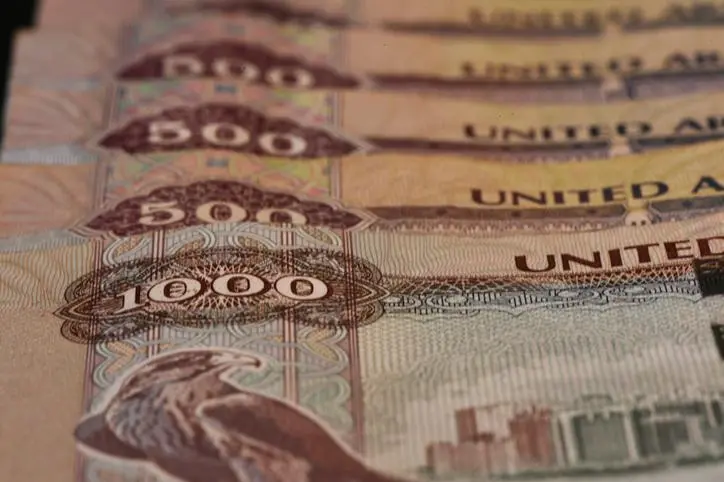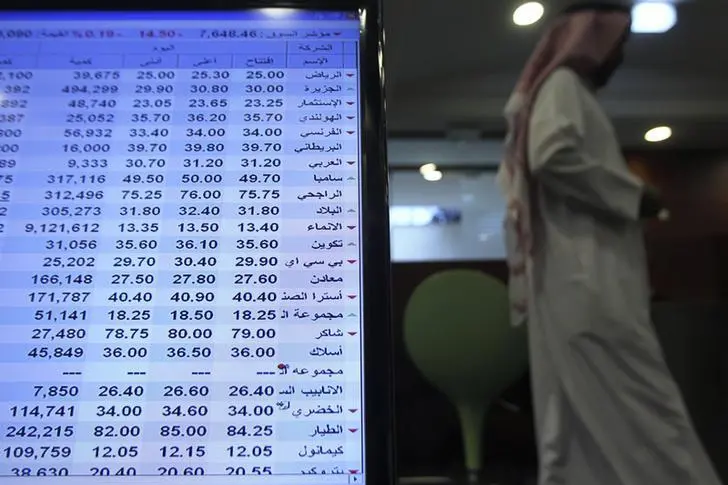05 April 2017
Sky gazers in Qatar would be able to get a glimpse of the planet Jupiter on Friday when it will reach its nearest point to earth. The giant planet will be opposite to the Sun on April 7, at 11:58 pm.
“This phenomenon is important because at this time Jupiter will be reaching its nearest point from Earth, consequently we can see it by naked eye for long time. Also, astronomers can observe Jupiter’s surface and some of its moons in more detail using telescopes,” said a statement issued yesterday by Dr Mohammed Al Ansari and Dr Beshir Marzouk of the Qatar Calendar House
People in Qatar and the region can see Jupiter with naked eye or astronomical telescopes. People will be able to see the planet from 6:19pm, when it rises above eastern horizon, reaching its highest point in the sky at around midnight above southern horizon.
When the planet is opposite to the Sun, Jupiter will be at nearest point from Earth. The planet comes to this position every 13 months, and so it will be reaching at opposition point next time on May 9, 2018. Jupiter is surrounded by more than 50 moons, while the four largest moons, Europa, Callisto, Ganymede and Io were discovered by Galileo Galilei in 1610. Jupiter also has three rings, but they are very hard to see.
© The Peninsula 2017
Sky gazers in Qatar would be able to get a glimpse of the planet Jupiter on Friday when it will reach its nearest point to earth. The giant planet will be opposite to the Sun on April 7, at 11:58 pm.
“This phenomenon is important because at this time Jupiter will be reaching its nearest point from Earth, consequently we can see it by naked eye for long time. Also, astronomers can observe Jupiter’s surface and some of its moons in more detail using telescopes,” said a statement issued yesterday by Dr Mohammed Al Ansari and Dr Beshir Marzouk of the Qatar Calendar House
People in Qatar and the region can see Jupiter with naked eye or astronomical telescopes. People will be able to see the planet from 6:19pm, when it rises above eastern horizon, reaching its highest point in the sky at around midnight above southern horizon.
When the planet is opposite to the Sun, Jupiter will be at nearest point from Earth. The planet comes to this position every 13 months, and so it will be reaching at opposition point next time on May 9, 2018. Jupiter is surrounded by more than 50 moons, while the four largest moons, Europa, Callisto, Ganymede and Io were discovered by Galileo Galilei in 1610. Jupiter also has three rings, but they are very hard to see.
© The Peninsula 2017






















